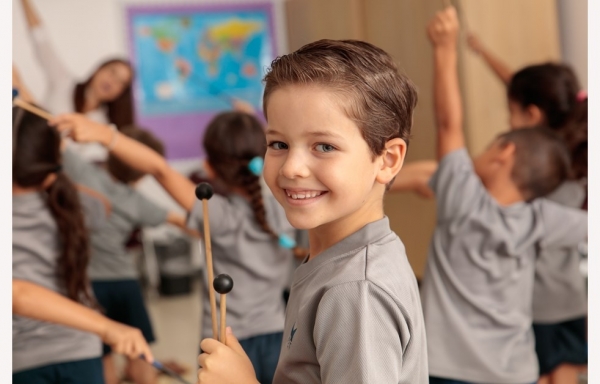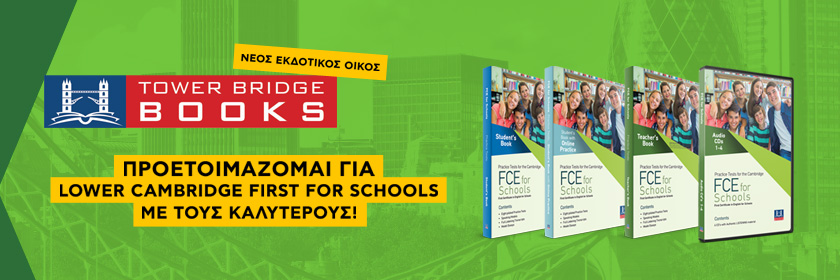Music can also put us into a mindset for writing or inspire us to create something new. In this blog post, I propose a few ideas for integrating music into the teaching of second language writing.
Music in the Background: Setting the Mood for Writing
Many writers find background music helpful for focus and putting them in the mindset to write or keep writing. Different writers have different preferences: Some like quiet jazz or classical études, while others need the energy from show tunes or hip hop; some writers require their music to be instrumental, while others don’t mind words and still others are fine with words as long as they are not in a language they know. Music can serve as white noise to block out conversations or other potentially distracting sounds in the background.
In the classroom, teachers can use music to mark off writing time and signal to students that writing time is different from other elements of English class. If your students come into the classroom from a different place, you might have music playing before the period begins. Choose songs that are related to the focus of the day’s lesson or to the topic students will be writing about. Turn down the volume when students are working on their own writing. You might also encourage students to suggest songs or artists add to the classroom writing playlists.
Music as Inspiration for Writing Stories
Just as movie soundtracks are essential to setting the mood of a film, music can put student writers in the mood for creating fictional worlds. When you are ready to introduce a new writing project, ask students to close their eyes and let their minds experience a song. Depending on the type of music, students might imagine they are relaxing on a beach, riding horses into a medieval village, or sailing through space on a rocket. After the song has played, direct students, to open their eyes and free-write or draw what they imagined. You might ask students to share their vision with a classmate and compare what was similar and different: Students may imagine radically different stories or places when listening to the same piece of music.
A related writing activity might be for students to outline a narrative and choose a soundtrack for the movie of their story. If they are working electronically, they could storyboard the plot in the way film producers do, illustrating the written text with photos or drawings and adding links to the songs they would play at each point in the story.
Music as Gateway to Understanding Genre
Just as written texts have genres, so do musical compositions. Students may be more familiar with the labels for musical genres than they are with the names of written genres, so we can use music to introduce them to the concept. Play three or four songs from very different genres (rap, country, big band, pop, etc.) and ask students to discuss what they hear. They might consider some of the following:
Where do you think people listen to this music?
Who do you think this song is meant for?
What was the artist’s purpose in writing the song?
These questions get students thinking about three key factors in all genres: the context, the audience, and the message. Students can then apply the same focus to analyzing a set of texts from different genres. An additional activity might be listening to several songs from different artists in the same genre. Discussing the ways in which those songs are similar to and different from each other can get students thinking about variation within a genre as well as essential features.
Music and Culture
Music is a core element in every culture’s representation. Multilingual students have probably had experiences listening to (and sometimes also producing) music from their home cultures as well as other cultures. In a classroom with students from many different places, students can serve as experts on the forms of music they know well. They might create a multimodal text explaining a custom or popular holiday, using photos and music clips to enhance written texts.
Students might also write about a particular song from their home culture and its connections to historical or current events. Alternatively, they could analyze the lyrics of a song from another culture or era and research what they mean to the people of that place or time. Proulx (2018) suggests having students compile and annotate a playlist around a theme that has meaning for them.
Song and Rap Lyrics
Another way to build on writing that students are already doing outside of school is to encourage them to write song and rap lyrics. They could revise the words in existing songs or write their own from scratch. Lower proficiency writers may benefit from starting with sentence frames (or creating their own frames from any transcribed song). To complement a study of genres, you could ask students to write in the style of a particular artist or on a common theme. In the spirit of the musical Hamilton, students might be challenged to write rap lyrics that convey the perspectives of historical figures they are reading about in class.
Music can be incorporated in many other ways as well, such as writing profiles of artists or reviews of favourite albums (Proulx, 2018). TESOL Press’s book New Ways in Teaching with Music (edited by Arnold & Herrick, 2017) includes many ideas for integrating music into writing lessons.








